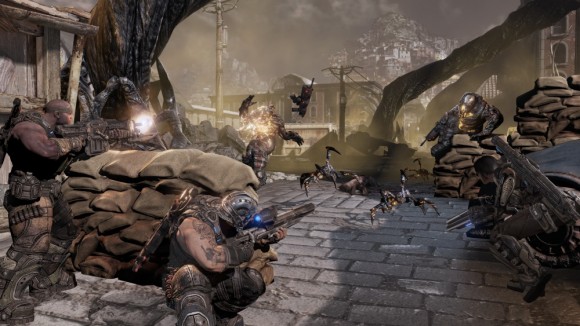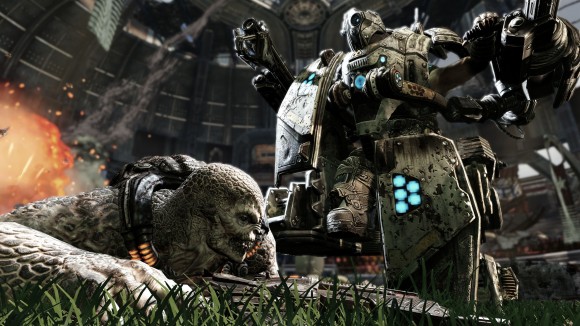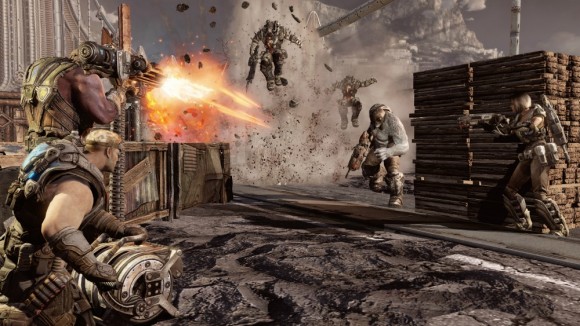Review: Batman: Arkham City(Xbox 360)
/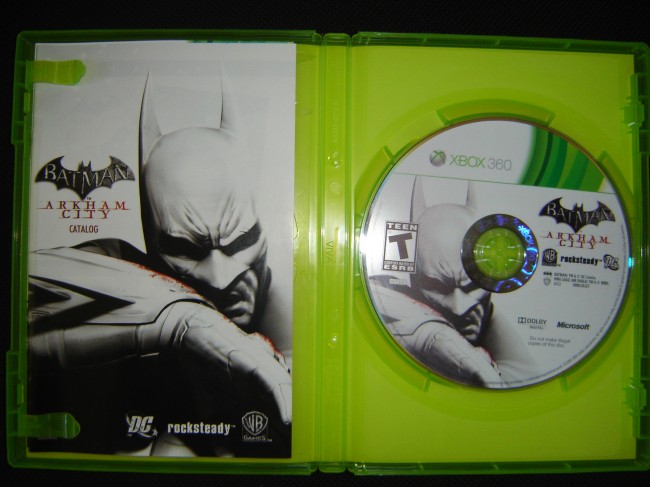
The sequel to what I think is the best game based on a comic book character is finally out. Arkham Asylum was a perfect take on the caped crusader, and its sequel brings back the core gameplay mechanics that we all loved in the first game, except now the action takes place in a more stunning sandbox-type environment. While it’s awesome just playing the way you’d expect to play Batman (taking on 15 guys at once, hiding in the shadows), it gets even better when you have a whole city at your disposal. Playing as a superhero has this never felt this good. Is it really as great of a game as people are saying it is? Definitely.
Everybody was shocked at how good Rocksteady's Batman: Arkham Asylum was, including me. Licensed games usually don't get that kind of praise, especially from a studio just starting up in the industry. People were not expecting much from it. Its success proved that if executed properly, any licensed game has the potential to come out great. After the first game's accomplishments, a sequel was definitely in order, so in 2010, they announced Batman: Arkham City. The title alone shows that Rocksteady was heading in the right direction. Expectations were through the roof now to deliver a sequel that did justice to the new legacy established by the first game. From what I experienced while playing this game, the developers did even more than we could have expected.

Batman: Arkham City's setting is a portion of Gotham that houses the most notorious criminals and villains in Gotham City. Just think Arkham Asylum, but now a whole city. Why the citizens of Gotham allowed such a place to exist is beyond me. The main story overall was very strong, much better than the first. I won't spoil the story but I can honestly say that it’s worth your time to invest in it. Each time you progress in the main story, you are treated with a variety of characters and villains from Batman lore. Arkham City has a story than can just suck you in. I also wanted to point this out before anything else - The voice acting in this game is one of the best in the industry. It’s one of the big reasons to why this game works so well. You have Mark Hamill and Kevin Conroy for The Joker and Batman, respectively. If you’re a Batman fan, you'll know how awesome that is – they’re the perfect pair to play the famous hero and villain. This game will definitely please any fan out there. Its THE Batman game we've always wanted, even the dissonant score of this game creates the perfect setting for the Batman universe.
Arkham City is run by Hugo Strange, the main antagonist this time around. Somewhat similar to the first game, Batman once again faces off with infamous villains like Bane, the Penguin, Two-Face, Catwoman, and of course the Joker, who survived the events in Arkham Asylum. The real meat of the plot revolves around Hugo Strange's plans within Arkham City. Batman tries to take down the city as Bruce Wayne using his fame and power to protest against it, but he gets nabbed and finds himself within Arkham City. He finds out about a mysterious happening called Protocol 10. Alfred sends his gear in and the dark knight once again goes out to investigate as the greatest detective in the world.
The games have a handful of side quests, and are mostly quite lengthy. It's not the typical lame side quests that ask you to just drop something off or beat 15 bandits or whatnot. They all tend to have their own stories and are a perfect escape if you feel like you need a break from the main story. The game can be easier described as a sandbox game than what a linear action game. There's a lot to do in Arkham City and you can easily see yourself spending 20+ hours. Not only is that double the game time of Arkham Asylum, it's not even including the New Game+ mode after finishing the game, plus challenge maps that test your skill in combat and stealth. The game surprisingly has a lot of content which is always a plus.

Gameplay is true to the hero
Batman is all about being able to take on multiple enemies, being a great detective, and disappearing into the shadows. This game brings forth all the aspects of why Batman is one hero you don't want to mess with.
The “Freeflow combat” system of the first game returns in an improved “2.0” version, giving players the same awesome combat from the first game with a few new tricks. One button is still attack and the other is counter-attack, and other button combinations trigger one of Batman’s gadgets or special takedowns to use during combat. It's actually pretty simple and easy to learn, but the result on the screen looks damn impressive. From simple button-pressing you still feel as if you’re really playing the character. Fifteen guys surround you? No sweat. The moves Batman performs just make you feel like a badass, especially when you take out ten guys without one of them hitting you once. It's an awesome feeling. The combat is so good that I literally swooped into random thugs just to fight them. It's that much fun and cool to watch.
But Batman isn't invincible. Guns are still a threat, and going head on with armed men is definitely a bad idea, so you get to hide in the shadows and pick them off silently, one by one, just like Batman would do it. This part of the gameplay is nothing new but what I like about it is that it still avoids a common problem in action games, which is repetitive gameplay. After beating up a couple of thugs, you'll be forced to play in a completely opposite manner and take enemies down with stealth. Not only that, but as you progress, different kinds of thugs start using gear like riot shields, knives and other gadgets that force you to change your game plan, which further prevents it from being repetitive and keeps the unique gameplay fresh.
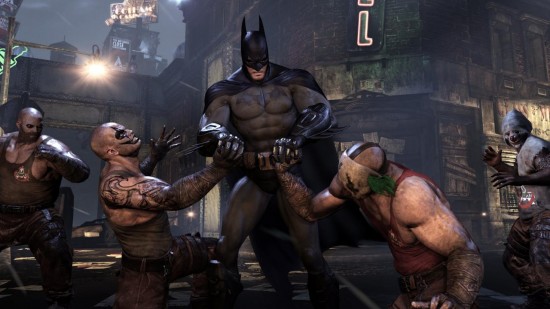
Every time you complete an objective or beat a group of thugs, you earn experience points, which you can use to unlock gadget moves, hand to hand skills, and increase Batman's resistance to bullet damage and combat damage. There are a handful of choices towards improving Batman, and after my first play-through, I still had a few skills to unlock. Each time Batman earns a new gadget, more upgrades will be available. As you move forward, the number of options given to you during combat increases, adding even more variety during Freeflow combat. And with each new gadget earned, you'll be able to gain access to certain Riddler trophies and areas that were inaccessible in your first visit.
With the many villains you face or meet in Arkham city, some will become a boss fight. There’s not a lot in this game but when you do face one, it’s epic. These encounters are placed in key moments of the plot and are not so difficult as long as you pick up the obvious patterns and weaknesses quickly. I won’t mention which bosses since it will come out as a spoiler.
If you buy a new copy of the game, you get a voucher to play a few missions as Catwoman. Content for her is pretty short and I’d estimate about 5% of the game’s material. What's cool about it though is that Catwoman has a completely different set of moves and gadgets in her disposal. Even the way she travels around Arkham City stays true to the character.
If I have one thing to complain about with regards to gameplay, it’s the detective mode. It's where you go into an X-ray view to see key parts in the environment that Batman can use, interact, or to simply find clues to progress in the game. Detective mode is so useful that I have it on most of the time, which leaves me looking at an environment that’s all blue. The game looks gorgeous, but all the work that was put into the graphics is wasted if you can’t even appreciate them for a significant portion of your playtime.

Since I mentioned graphics, I might as well keep going on that subject. When you’re inside buildings and looking at close-up shots of characters, the game looks great. But what’s absolutely stunning is taking in the view of the whole city from the tops of buildings in true Batman style. Gliding around Arkham City is just a treat for the eyes. Batman’s signature dark and eerie atmosphere is well implemented into the city. Whoever pitched the idea of going from a mental institution to a Gotham-like city is a genius.
Rocksteady clearly outdid themselves on this one. Not only is this the best superhero game out there, it’s also the best licensed game. I’ll also go so far as to saying that this game brings to life the Batman world better than any TV show or movie before it. It's an amazing game from head to toe and it’s surpassed its predecessor by a long shot. This is a game that anybody will enjoy, and when the credits start rolling, you’ll just be wishing for more. If you want to experience the best that 2011 has to offer in gaming, Arkham City clearly belongs on your list of must-play titles.
Score: 95/100
Pros:
- Freeflow combat 2.0 is amazing
- Very high production value and art direction
- A wide variety of gadgets and options to take down enemies
- Perfect take on the Batman universe
Cons:
- Constant need of using Detective Mode

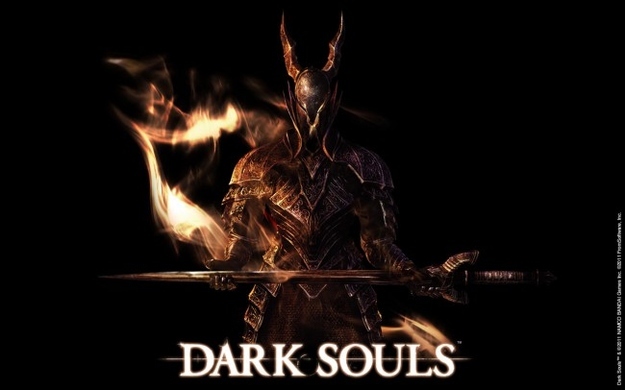 The sequel to one of the most unforgiving RPGs you’ll ever experience is finally out. I was a huge fan of Demon’s Souls and praised its deep RPG elements and painful difficulty. What the sequel brings is the same level of quality and challenge, with much harder bosses to face, a bigger world to explore, and an expansion of the game’s unique online system for the better. I’ve died 300 times so far, but I still think this one of the best RPGs you’ll ever experience. Grow a pair and take on Dark Souls, head on!
The sequel to one of the most unforgiving RPGs you’ll ever experience is finally out. I was a huge fan of Demon’s Souls and praised its deep RPG elements and painful difficulty. What the sequel brings is the same level of quality and challenge, with much harder bosses to face, a bigger world to explore, and an expansion of the game’s unique online system for the better. I’ve died 300 times so far, but I still think this one of the best RPGs you’ll ever experience. Grow a pair and take on Dark Souls, head on!




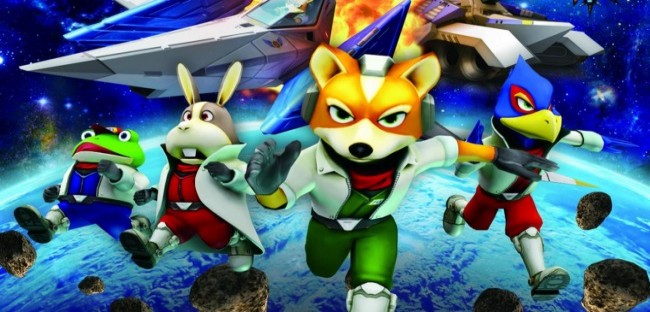
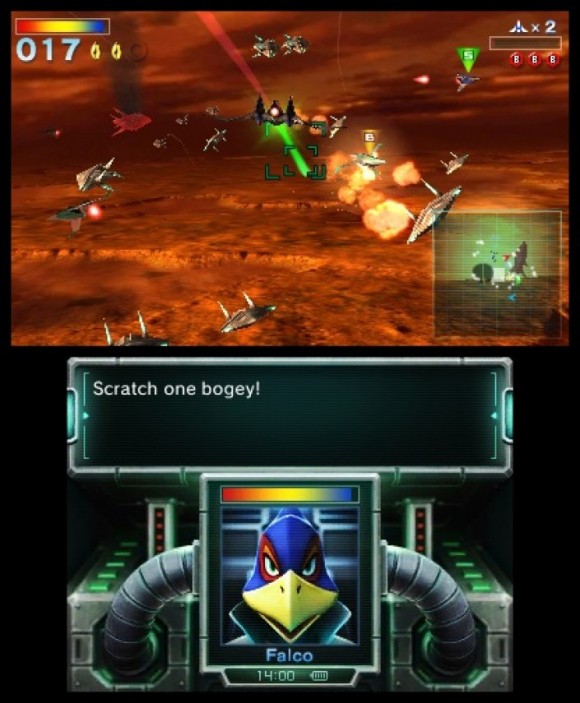

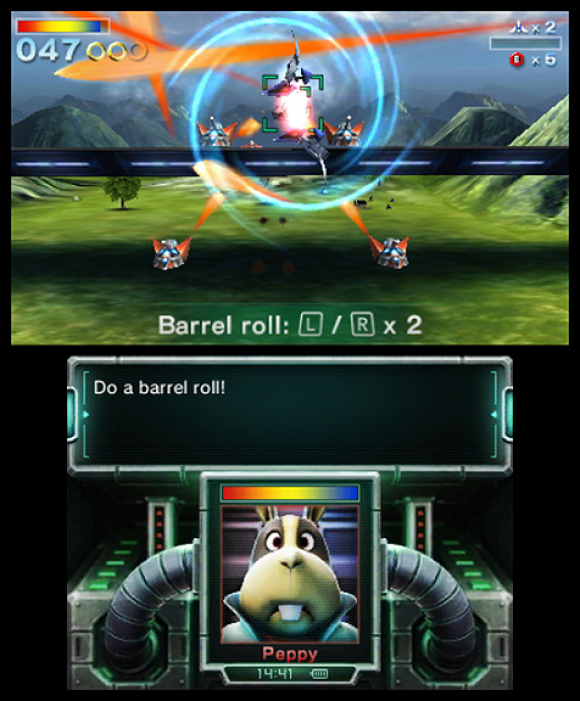
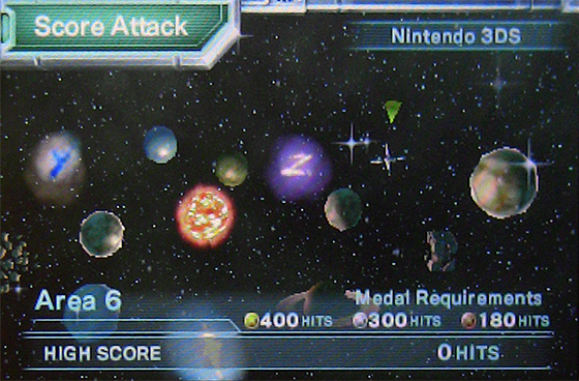
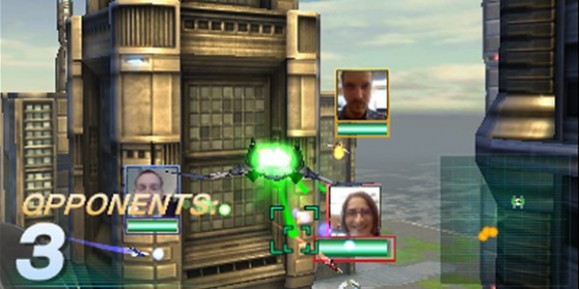
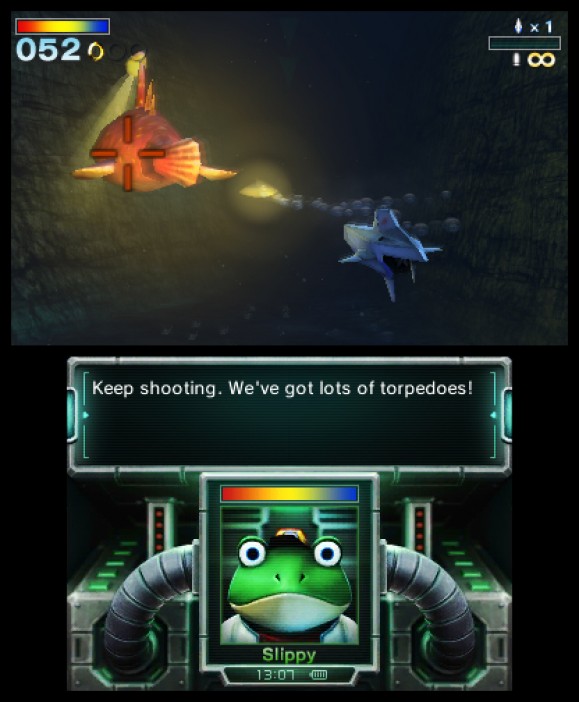

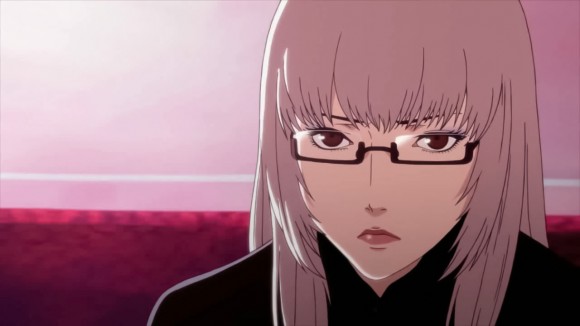
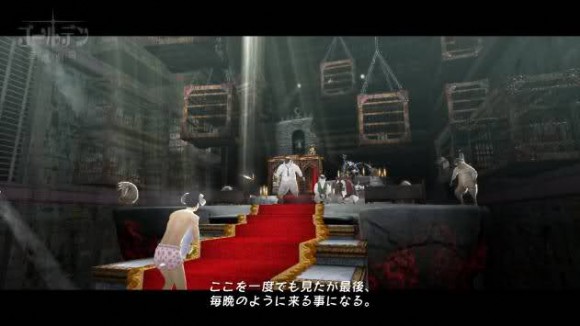


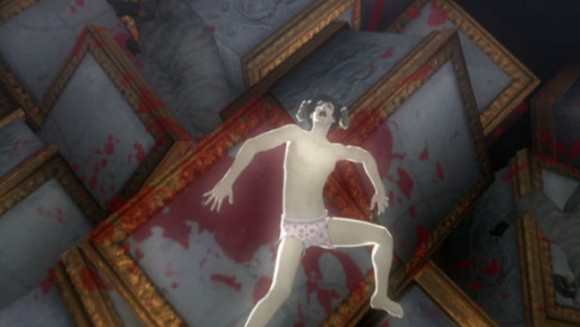
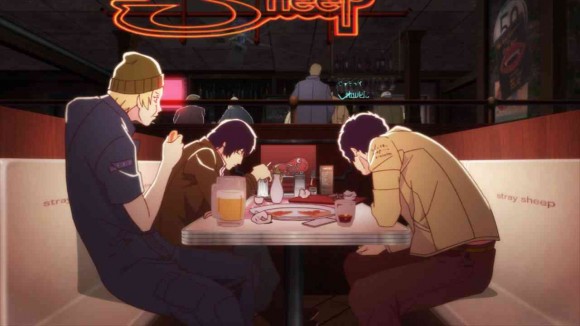
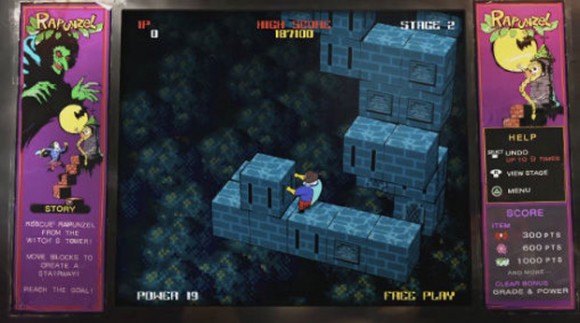
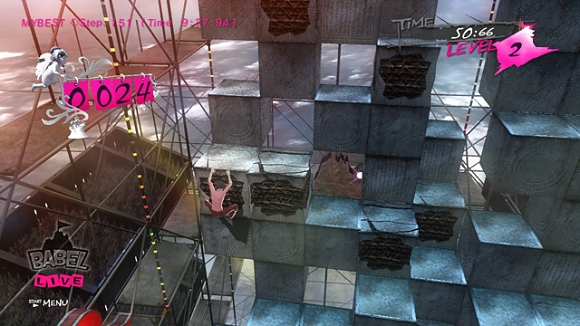

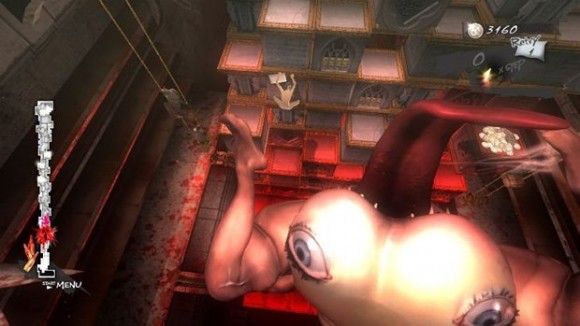

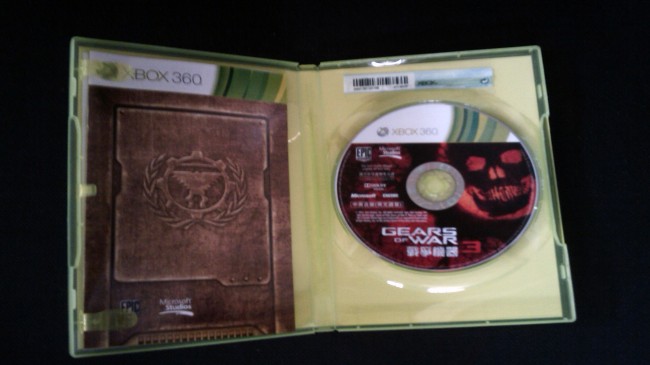 Gears of War: one of the major Xbox-exclusive franchises, and one that has been successful since it started back in 2006. In the span of almost six years, Epic Games have graced Xbox owners with three Gears titles. Their latest, Gears of War 3, proves that the series still holds the crown as one of the best cover-to-cover 3rd person shooters.
Gears of War: one of the major Xbox-exclusive franchises, and one that has been successful since it started back in 2006. In the span of almost six years, Epic Games have graced Xbox owners with three Gears titles. Their latest, Gears of War 3, proves that the series still holds the crown as one of the best cover-to-cover 3rd person shooters.
